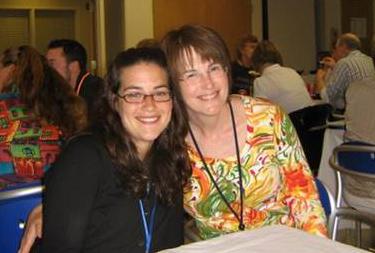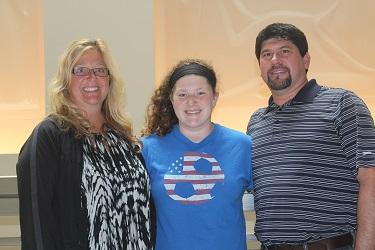The NIH Pediatric and Wildtype (WT) GIST Clinic was established in 2008 as a “model” multidisciplinary clinic that brings together “WT GIST” patients with physicians and researchers to better understand the pathophysiology of WT GIST. Clinical and genetic data have been collected from over 100 patients. We have found a high incidence (over 80%) of germline succinate dehydrogenase (SDH) mutations in our patient population with SDH-deficient tumors, with nearly all of these tumors negative for SDHB immunohistochemical staining. Clinical and genetic analysis of 95 patients was recently published and revealed 3 distinct patient subgroups of wildtype GIST. Group A (11 patients) tumors retained positive SDHB immunohistochemical staining and included a number of different mutations in genes including NF1, BRAF, CBL and a cryptic cKit-PDGFRA fusion mutation. Group A patients had a median age of 38, were equally divided among men and women and occurred in both gastric or small bowel locations. Group B (63 patients) tumors were negative for SDHB IHC staining and contained germline and tumor SDHx mutations. These tumors had global genomic hypermethylation, and patients in this group were predominantly female with a median age of 24. Group C (21 patients) tumors were also negative for SDHB IHC protein staining, however no SDHx mutations were identified. These tumors were hypermethylated at the SDHC promoter leading to SDH deficiency and also had global genomic hypermethylation. All patients with Group C tumors were female with a median age of 15. Both Groups B and C patients more often presented with multifocal gastric GIST of epithelioid morphology. Paragangliomas and/or chondromas were identified in both Group B and C patients. It is important to know that Group B patients have a very high likelihood of germline SDH mutations and thus require genetic counseling.
In general, SDH-deficient GIST are relatively slow growing, with most patients living for years even when the tumor recurs.
Information obtained through the Clinic is helping researchers develop new strategies for treating this disease. We hope as we learn more, more effective therapies will become available based upon the unique findings in these tumors.

